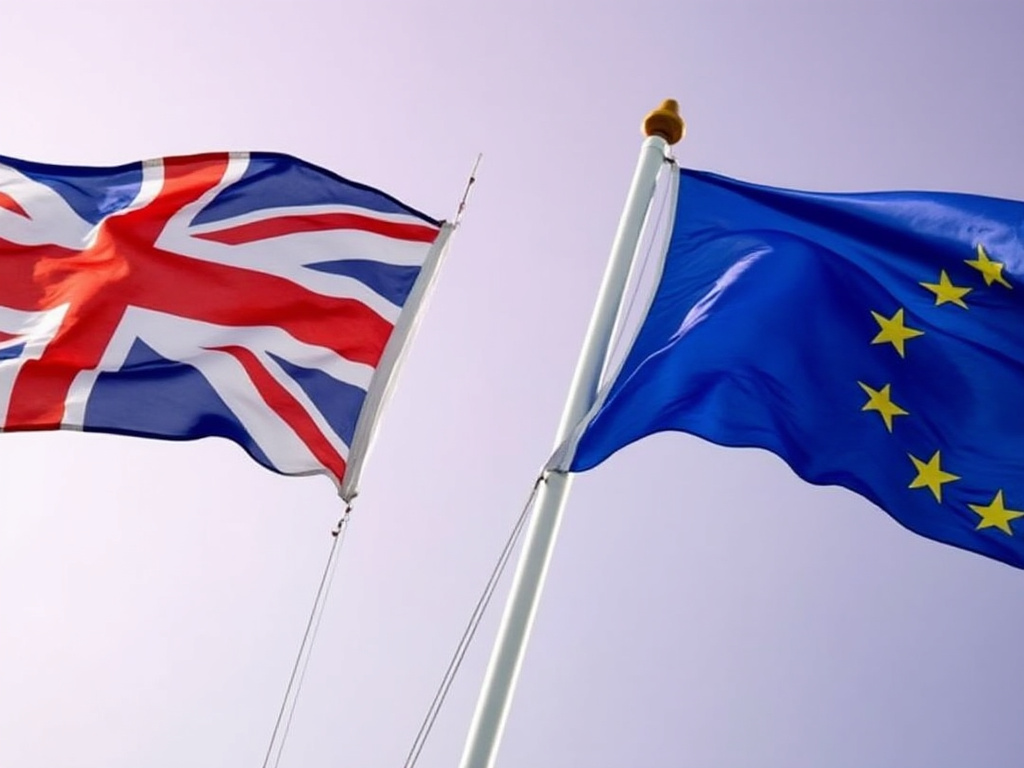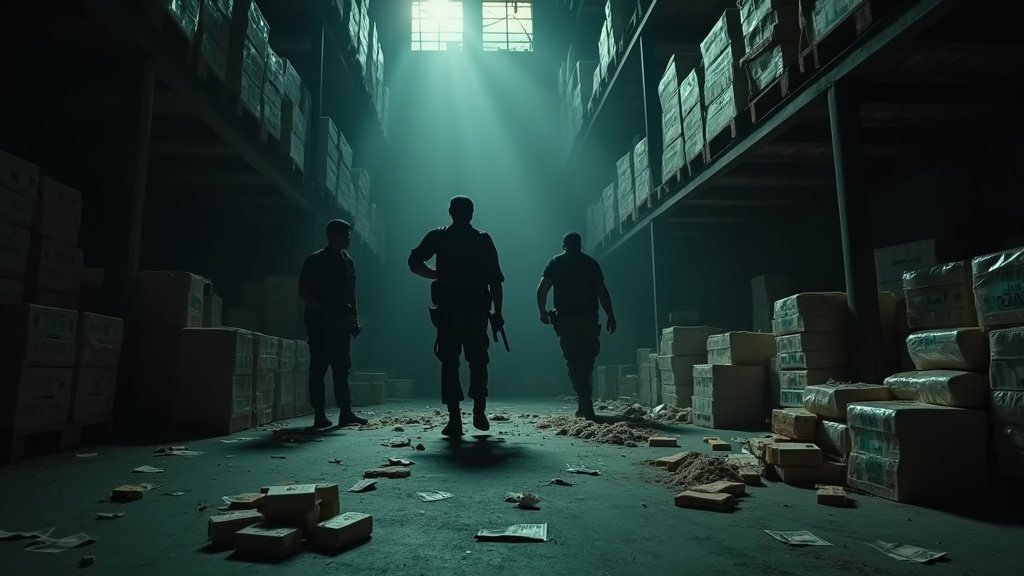Washington D.C. – In a high-stakes diplomatic engagement, President Donald Trump hosted Israeli Prime Minister Benjamin Netanyahu at the White House on Monday, July 7, 2025. The critical agenda for the summit centered on navigating the complexities of the ongoing conflict in Gaza, with intensive discussions focused on achieving a potential ceasefire and securing the release of hostages.
Reports emerging on Tuesday, July 8, following the bilateral discussions indicated a significant development: a 60-day ceasefire plan has reportedly been agreed to by Israel. This proposal is now said to be under active consideration by Hamas. The emergence of an Israeli agreement marks a potential, albeit fragile, step forward in the protracted efforts to halt the fighting and address the humanitarian crisis.
Ceasefire Negotiations Take Center Stage
The core of the July 7 meeting involved detailed deliberations on proposals aimed at temporarily pausing hostilities. The reported agreement by Israel to a specific 60-day ceasefire plan suggests a concrete framework is now on the table. However, the immediate fate of this proposal hinges entirely on Hamas’s decision, which remains pending as of the July 8 reports. Diplomatic sources suggest that such a temporary truce would likely be linked to measures facilitating humanitarian aid delivery into Gaza and potentially paving the way for further negotiations on prisoner and hostage exchanges.
Deep Divisions on Gaza’s Future Persist
Despite the focus on an immediate ceasefire, the discussions underscored the significant challenges regarding the long-term future following any proposed truce. Key sticking points remain, particularly concerning the political horizon for the region. The international push, including from potential mediators, often centers on the concept of a two-state solution – a framework envisioning an independent Palestinian state alongside Israel.
However, Prime Minister Netanyahu reportedly reiterated his firm and stated goal of the full elimination of Hamas during the White House talks. This objective stands in stark contrast to the prerequisites often cited for a viable two-state framework and highlights the profound disagreements about the ultimate resolution of the conflict and the governance of Gaza post-hostilities.
Focus on Hostage Release Efforts
A crucial and emotionally charged component of the discussions was the effort to secure the release of hostages captured during the conflict. Both leaders acknowledged the urgency and importance of bringing the captives home. While specific details of the proposals discussed regarding hostage release were not immediately available in the reports, it remains a primary objective driving the current diplomatic push alongside the ceasefire talks.
Extended Diplomatic Engagements
Prime Minister Netanyahu is scheduled to remain in Washington throughout the week, signalling the intricate and ongoing nature of these negotiations. His itinerary includes further high-level meetings with key U.S. officials. These planned engagements involve discussions with the Vice President and the special envoy for the Middle East, aimed at continuing the dialogue initiated with President Trump and working through the complex issues at hand.
Controversial Relocation Proposal surfaces
The meeting also reportedly touched upon a highly controversial proposal: President Trump’s plan to relocate Palestinians out of Gaza. According to reports from the July 7 meeting, Prime Minister Netanyahu reportedly expressed support for this concept. The proposal has drawn sharp and widespread condemnation from various human rights organizations. These groups have specifically criticized the plan as constituting ethnic cleansing, raising serious concerns about forced displacement and violations of international law. The inclusion and reported support for this plan underscore the divisive nature of some of the ideas being considered regarding the future of Gaza and its population.















